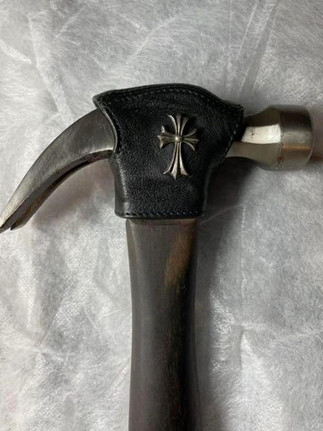
Welcome to the 229th insertion of DEMUR®, an analytical series highlighting the intricacies of the artistic world and the minutiae lying within. In this episode, we flip through the archives to understand the mastery of Helmut Lang's design, explaining how one man turned literal rags to riches in the face of luxury fashion.
Helmut Lang's career is a well-documented period that many characteristics can define. Having conquered the perfectly tailored three-button suit, walked bulletproof vests on the runway and shaped editorial photography with Astro parkas, the Austrian-born designer has undeniably played a hand in all corners of modern style. Despite reshaping our perceptions of the runway through military and fetish wear, Helmut Lang's true forte lies in circles of 'workwear-chic,' an idea he ignited over three decades ago.

In the late 80s and early 90s, the working man's wardrobe was barely wearable, let alone desirable in the eyes of couture. Viewed as dirty and somewhat grotesque, "denim," "paint splatter," and "bomber jacket" couldn't have been further from the vocabulary of a Vogue article at that time. Apart from perhaps Calvin Klein or Giorgio Armani, jeans were seen as nothing more than a middle-class essential found in the closets of construction workers, carpenters and mechanics.
That is until Helmut Lang shifted the economic hierarchy by placing these 'low-class' staples atop the catwalk. Through carpenter pants and utilitarian wear in '94-'95 and eventually paint-splattered denim in the Fall of 1998, his designs met curiosity and positive critical reception. On-lookers began to embrace the Austrian's bending of mainstream wear with high fashion and began challenging the conventional notions of what constituted luxury.

Upgrading traditionally cotton silhouettes to that of moleskin and leather, Helmut Lang was successful in selling the style of 'no style' at luxury price points. Prompting a surge in brands like Carhartt, Dickies and Timberland, the designer would, in turn, kindle years of utility-centric style.













Commentaires